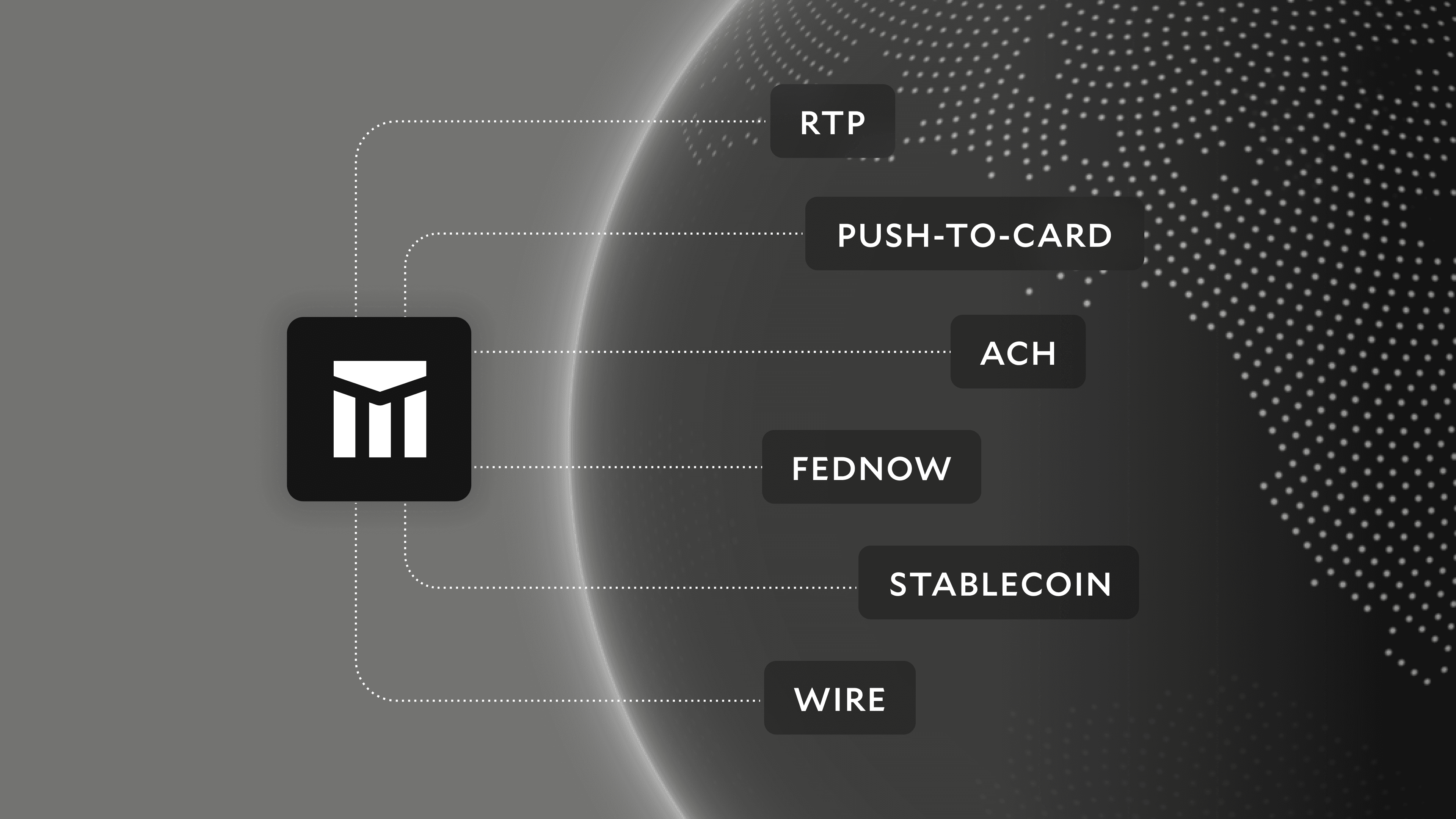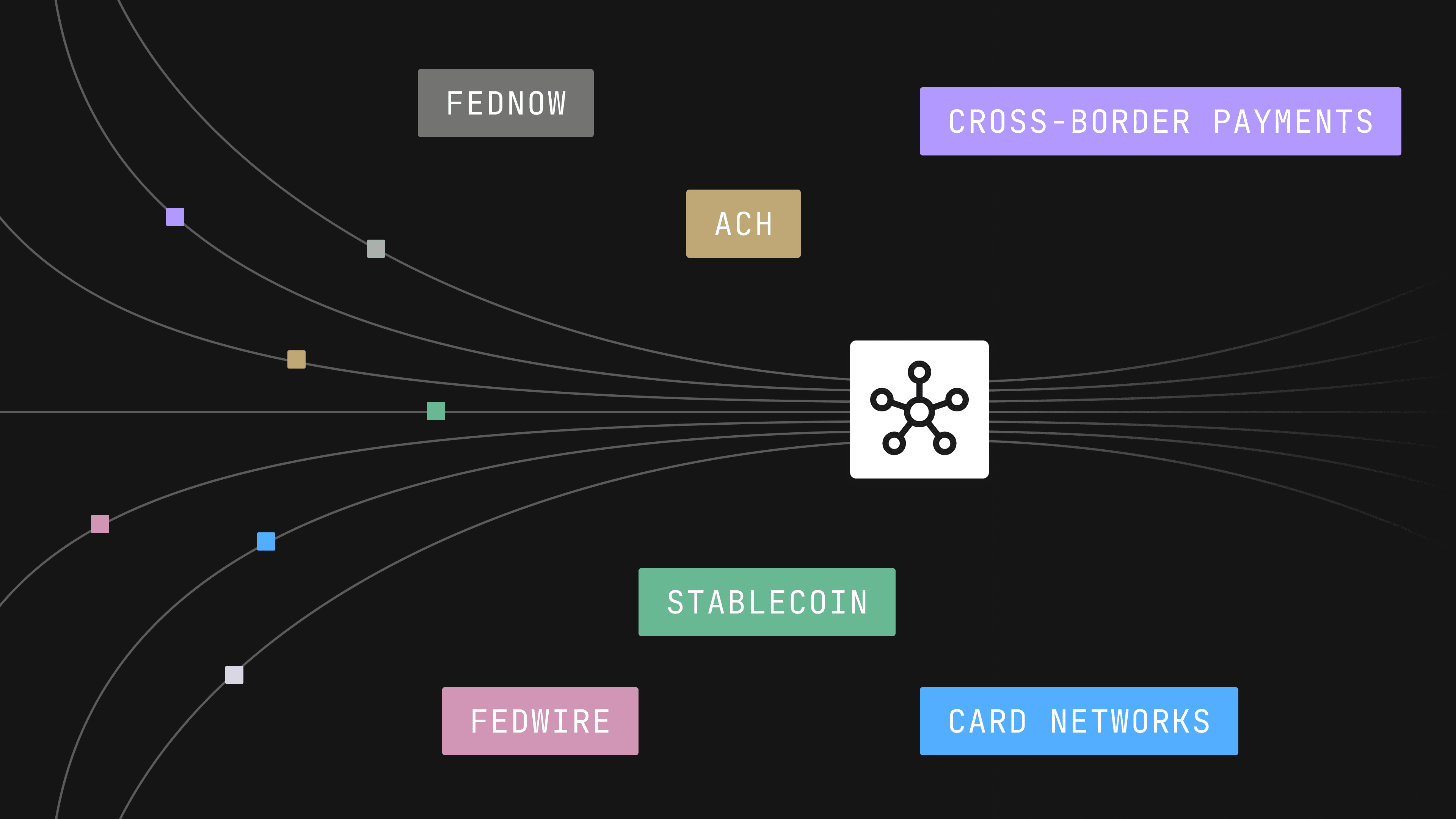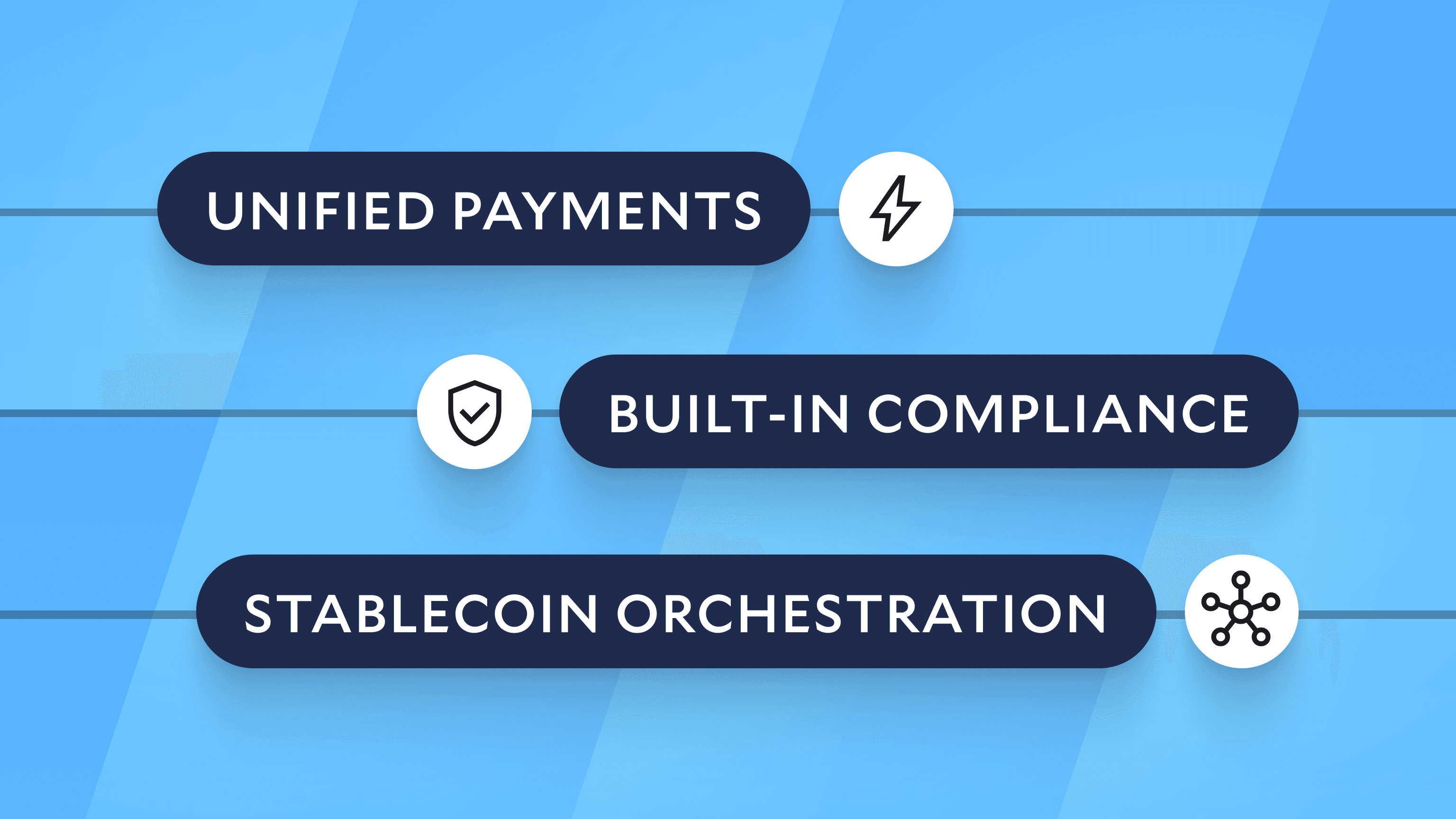Modern Treasury and Paxos Make It Easier for Businesses to Move Money with Stablecoins.Learn more →
What is the Difference Between ACH Returns and Reversals?
It can be difficult to understand the difference between ACH returns and reversals. This post digs into similarities and differences between each.

Introduction
As the most widely used payment processing network in the United States, the Automated Clearing House (ACH) system is responsible for automated, electronic debiting and crediting of both checking and savings accounts. The ACH network moves more than $61T annually and, according to the Fed, is the most common form of high value payments today.
Yet despite widespread adoption and an ever-increasing volume of ACH payments, many internal processes within the ACH system remain confusing. One thing we’ve heard from customers is that they think ACH returns and reversals are interchangeable terms and that is not the case. There are differences and similarities between ACH returns and reversals.
What are ACH Returns?
An ACH return occurs when an electronic payment transaction does not go through. When that happens, the Receiving Depository Financial Institution (RDFI) initiates a return to the Originating Depository Financial Institution (ODFI).
Imagine a return as a concept similar to a chargeback for credit cards. There are a few situations where the RDFI would quickly identify the need for a return. For instance, if there aren’t enough funds in the receiving party's account, the account number provided is invalid, or the legal name on the account doesn't match with the legal name included within a payment, a return may be initiated. The RDFI will act promptly to ensure that these returns are highlighted and can be sent quickly to the ODFI, where they’ll be handled.
Additionally, if a receiving party did not authorize a payment to their account they can request their bank issue a return.
Once initiated and depending on the return code, a return can take 2 banking days to up to 60 calendar days to process.
What are ACH Reversals?
An ACH reversal refers to an erroneous ACH payment that a payment originator requests to take back or reverse. Despite good intentions to validate and verify information before payment initiation, the reality is that sometimes payment errors happen—from minor discrepancies in payment or withdrawal amounts to deposits sent to the wrong recipient.
While reversing a payment through ACH is slightly easier than on other payment rails, like wire transfers, it’s important to take preventative measures to avoid reversals. When businesses request ACH reversals they can incur costs. Frequent requests for ACH reversals can lead to a loss of credibility with banks.
Similarities
Although ACH returns and reversals serve distinct purposes, they are both considered backup plans in the event of error. The idea is to avoid situations where returns or reversals are necessary.
They are also both governed by specific rules and regulations laid out by the National Automated Clearing House Association. NACHA standardizes how every participant—from consumers to businesses, financial institutions, and governments—understands and engages with ACH payments, to ensure millions of payments move efficiently and securely each day.
Differences
While ACH returns and reversals exist in the ACH payment network, they adhere to different rules.
With ACH returns, for example, the RDFI is responsible for initiating the return entry or the return for the total amount of the original payment (partial returns are not permitted). Returns, in general, have specific timeframes when they must be received depending on the return code. They also must include the same level of information as the original payment itself.
For ACH reversals, NACHA is primarily responsible for the process. First, the reversal must be sent to the bank within 24 hours of noticing the error and no later than 5 banking days after settlement. Then the payment originator must also reach out to the payment recipient to inform them a reversal is in progress. Finally, the reversal must be initiated for one of the following five reasons:
- Duplicate payment
- Incorrect payment recipient
- Incorrect payment amount
- Payment date earlier than intended (ACH debit only)
- Payment date later than intended (ACH credit only)
Next steps
A payment operations platform enables companies with high transaction volumes to write software that automates payments over the ACH network. These APIs make it possible to initiate, receive, and track payments at scale while supporting and monitoring ACH returns and reversals.
If you want to learn more about Modern Treasury’s ACH API, you can sign up for a sandbox or reach out to talk to a payments advisor.








